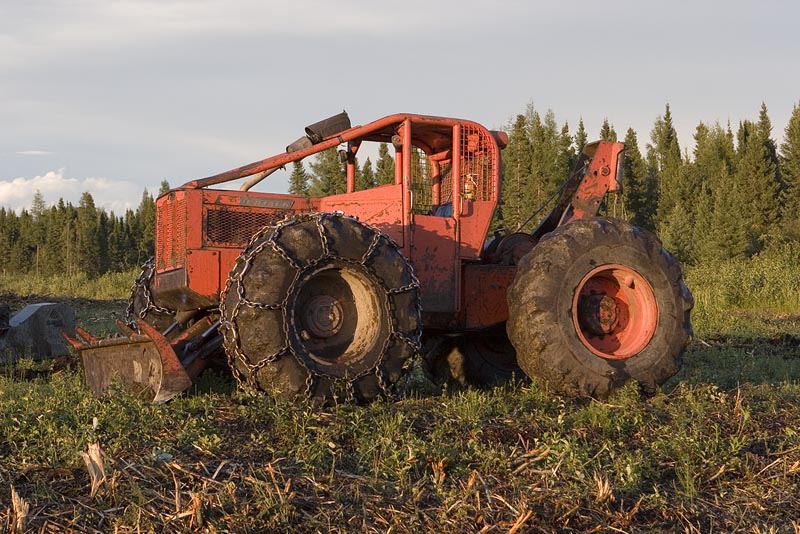Burnham
Woods walker
- Thread Starter Thread Starter
- #51
If you only are using one wedge, set a second one and drive them with alternate whacks. Even a third.
Add magnesium or steel wedges. They drive with less loss of power to absorbtion within the plastic. Not a steel splitting wedge, a thin driving wedge.
Gut the hinge to make it easier to wedge over.
Bore out an alcove and jack it over with a hydraulic bottle jack, 12 ton or better, 20 ton. This is ghetto from a true logger's perspective, a Silvey 50 ton with a pressure gauge is prefered.
Add magnesium or steel wedges. They drive with less loss of power to absorbtion within the plastic. Not a steel splitting wedge, a thin driving wedge.
Gut the hinge to make it easier to wedge over.
Bore out an alcove and jack it over with a hydraulic bottle jack, 12 ton or better, 20 ton. This is ghetto from a true logger's perspective, a Silvey 50 ton with a pressure gauge is prefered.

 .
.



